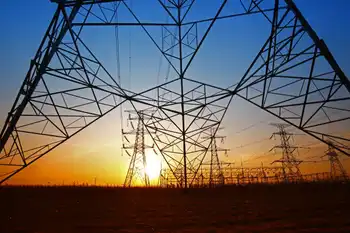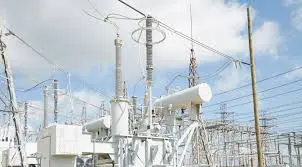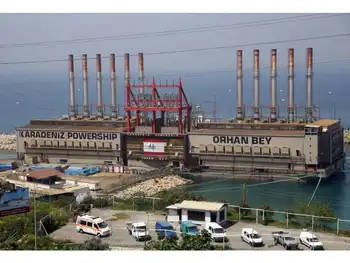India to open bidding on new power projects
By Industrial Info Resources
NFPA 70e Training
Our customized live online or in‑person group training can be delivered to your staff at your location.

- Live Online
- 6 hours Instructor-led
- Group Training Available
This norm will apply to public- and private-sector companies hoping to acquire new power projects.
According to the CERC's new Tariff Policy, all further acquisition of power by electricity distribution utilities will be carried out via the abovementioned tariff-based bidding process beginning in January 2011. Public-sector companies obtain their tariffs under the cost-plus system. According to a study performed by CERC, the tariffs obtained by bidding competitively are lower than the cost-plus system. Private-sector power companies currently function on the tariff-based bidding process, whereas state-owned utilities, such as thermal power generation company NTPC Limited, have been operating under the cost-plus tariff structure.
The move is a hard hit to NTPC, which has been urging the central government to make an amendment in its Tariff Policy, continue with the cost-plus tariff rates, and extend the deadline beyond January next year. NTPC justified its action by stating that when it comes to new projects, it is always at a disadvantage in comparison to privately owned counterparts. It reasoned that this was owing to the necessity of NTPC having to reveal its project tariff details and the long delays in making decisions, as it is a government-owned firm. Other state-owned firms such as hydropower generating firms NHPC Limited and SJVN Limited also have requested the CERC to extend the deadline for shifting to the tariff-based bidding process.
In April this year, the Indian Ministry of Power sought the CERC's recommendations to these requests. In answer, CERC categorically stated that the deadline for the transition should not in any way be extended for the companies. However, the CERC did say that exceptions to the rule included large, multipurpose hydropower projects and peaking supply units.
However, to be fair to the public sector undertakings, CERC is quoted to have stated in its recommendations that the central government should "review the various guidelines and other frameworks applicable to PSUs, with a view to give them adequate autonomy and decision-making authority so as to enable them to effectively participate in tariff-based competitive bidding."
The bidding mechanism for power projects, as decided by the CERC, is categorized into Case 1 and Case 2 categories.
Under Case 1, the bidders — which could be either the state looking to procure power or the privately owned electricity distribution companies DISCOM — call for price quotes for the project for the requisite amount of electricity, notwithstanding the source or the location of the fuel. Under this category, the DISCOMs issue tenders for long-term power purchase agreements. After this, the bidders are evaluated on criteria such as land availability and fuel sourcing, among others.
Case 2, on the other hand, permits the power procurer to acquire it from the state itself. Under this category, the procurer has to identify the land required for the power production project and then acquire it. After this, the procurer has to obtain the requisite environmental clearances and then transfer the project to the bidder asking for the lowest tariff rate. In this category, the fuel for the project is either provided by the procurer or the bidder.











